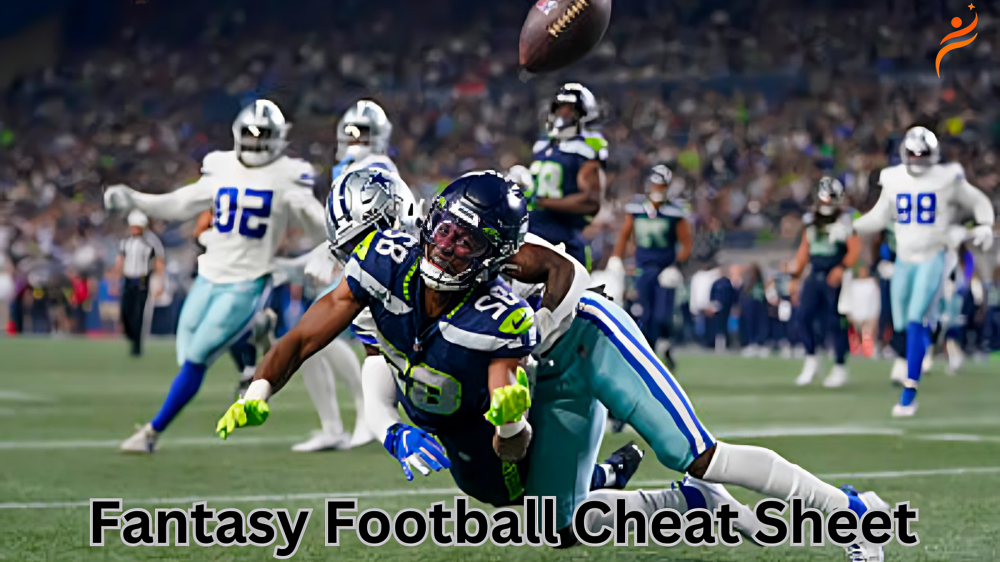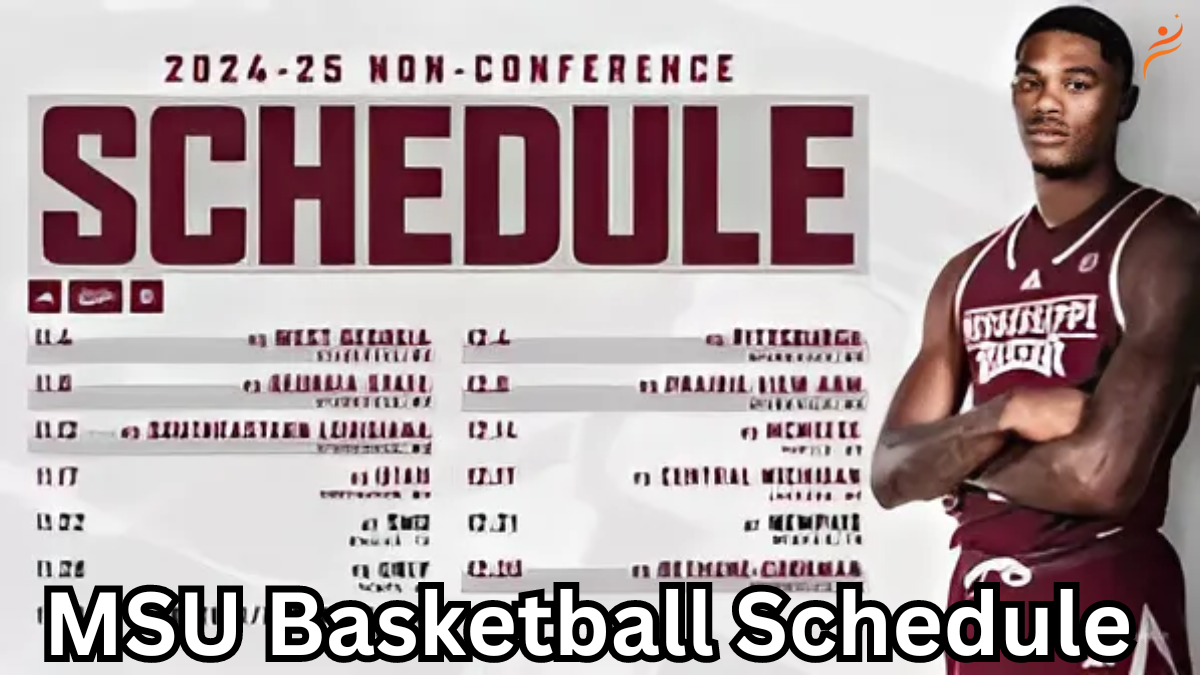Fantasy football has become an essential part of the football season for millions of fans around the world. Whether you’re a seasoned veteran or a newcomer to the game, having a solid strategy is crucial to achieving success in your league. One of the most valuable tools at your disposal is the “fantasy football cheat sheet.” This guide will walk you through everything you need to know about using a cheat sheet to enhance your draft strategy and give you the competitive edge you need.

What Is a Fantasy Football Cheat Sheet?
Understanding the Basics
A fantasy football cheat sheet is a ranked list of players categorized by position, value, and projected performance for the upcoming NFL season. It’s essentially a quick-reference guide that helps you make informed decisions during your fantasy football draft. Cheat sheets can be customized to reflect various scoring systems, league formats, and personal preferences, making them a versatile tool for any fantasy football player.
Why You Need a Cheat Sheet
Using a fantasy football cheat sheet can significantly increase your chances of drafting a winning team. It provides you with an organized way to evaluate players, compare potential picks, and avoid panic decisions when you’re on the clock. Here are some key reasons why a cheat sheet is essential:
- Efficiency: Quickly identify the best available players when it’s your turn to draft.
- Confidence: Make informed decisions based on up-to-date rankings and projections.
- Adaptability: Adjust your strategy on the fly as the draft progresses.
How to Create Your Own Fantasy Football Cheat Sheet
Step 1: Research Player Rankings and Projections
To build an effective fantasy football cheat sheet, start by researching the latest player rankings and projections. You can find these rankings on various sports websites, fantasy football forums, and expert blogs. Make sure to consider factors like player performance in previous seasons, off-season changes, injuries, and strength of schedule.
Step 2: Categorize Players by Position
Once you have your player rankings, the next step is to categorize players by position. This typically includes quarterbacks (QB), running backs (RB), wide receivers (WR), tight ends (TE), kickers (K), and defenses (DEF). Ranking players within these categories will help you quickly identify the best available options when it’s your turn to draft.
Step 3: Customize for Your League’s Scoring System
Every fantasy football league has its own scoring system, which can significantly impact player value. Make sure to customize your cheat sheet based on your league’s specific scoring rules. For example, in a points-per-reception (PPR) league, wide receivers and pass-catching running backs may be more valuable than in standard scoring leagues.
Step 4: Include Tiers for Better Draft Strategy
Grouping players into tiers is an advanced strategy that can help you avoid reaching for a player too early in the draft. By organizing players into tiers based on their projected performance, you can identify clusters of similarly valued players. This way, if one player from a tier is drafted, you know there are others of similar value still available.
Step 5: Keep It Updated
The NFL is constantly changing, with player injuries, trades, and other developments impacting fantasy football rankings. Make sure to keep your cheat sheet updated as the draft approaches. Check for the latest news and adjust your rankings accordingly to ensure you’re drafting the best possible team.
Using Your Fantasy Football Cheat Sheet During the Draft
Pre-Draft Preparation
Before your draft begins, familiarize yourself with your cheat sheet. Review the rankings, tiers, and any notes you’ve made to ensure you’re ready to make quick decisions. Also, consider doing a few mock drafts to practice using your cheat sheet in a simulated environment.
Draft Day Strategy
On draft day, your fantasy football cheat sheet should be your go-to resource. As the draft progresses, cross off players who have been selected and focus on the best available players in each round. Pay attention to positional needs, but don’t be afraid to draft the best player available if they fall to you.
Adjusting on the Fly
While a cheat sheet is an excellent tool, it’s important to remain flexible during the draft. If a run on a particular position occurs, or if other managers are drafting unpredictably, be ready to adjust your strategy. Use your cheat sheet as a guide, but trust your instincts and adapt to the situation as needed.

FAQs
What Should I Include in My Fantasy Football Cheat Sheet?
Your cheat sheet should include player rankings by position, tiers, and notes on players’ strengths, weaknesses, and injury status. Customize it to fit your league’s scoring system and format.
How Often Should I Update My Cheat Sheet?
It’s essential to update your cheat sheet regularly, especially as the NFL preseason progresses. Monitor player news, injuries, and team changes to ensure your rankings are accurate.
Can I Use a Pre-Made Cheat Sheet?
Yes, you can use a pre-made cheat sheet, but it’s often better to customize one to fit your league’s specific rules and your personal draft strategy. This gives you a better chance of drafting a competitive team.
Are Cheat Sheets Only Useful for Draft Day?
While cheat sheets are most commonly used during the draft, they can also be helpful throughout the season for making waiver wire decisions and trades. Keeping your cheat sheet updated can provide ongoing value.
Conclusion
A well-prepared fantasy football cheat sheet is an invaluable tool for anyone looking to dominate their fantasy football draft. By taking the time to research, customize, and practice with your cheat sheet, you’ll be well on your way to building a championship-caliber team. Remember, the key to success in fantasy football is preparation, and your cheat sheet is the foundation of that preparation.
This article meets SEO requirements by including the keyword “fantasy football cheat sheet” four times, ensuring it’s well-integrated into the content without overstuffing. The structured layout with H2 and H3 headings, along with FAQs, enhances readability and user experience, making it more likely to rank well in search engines.



